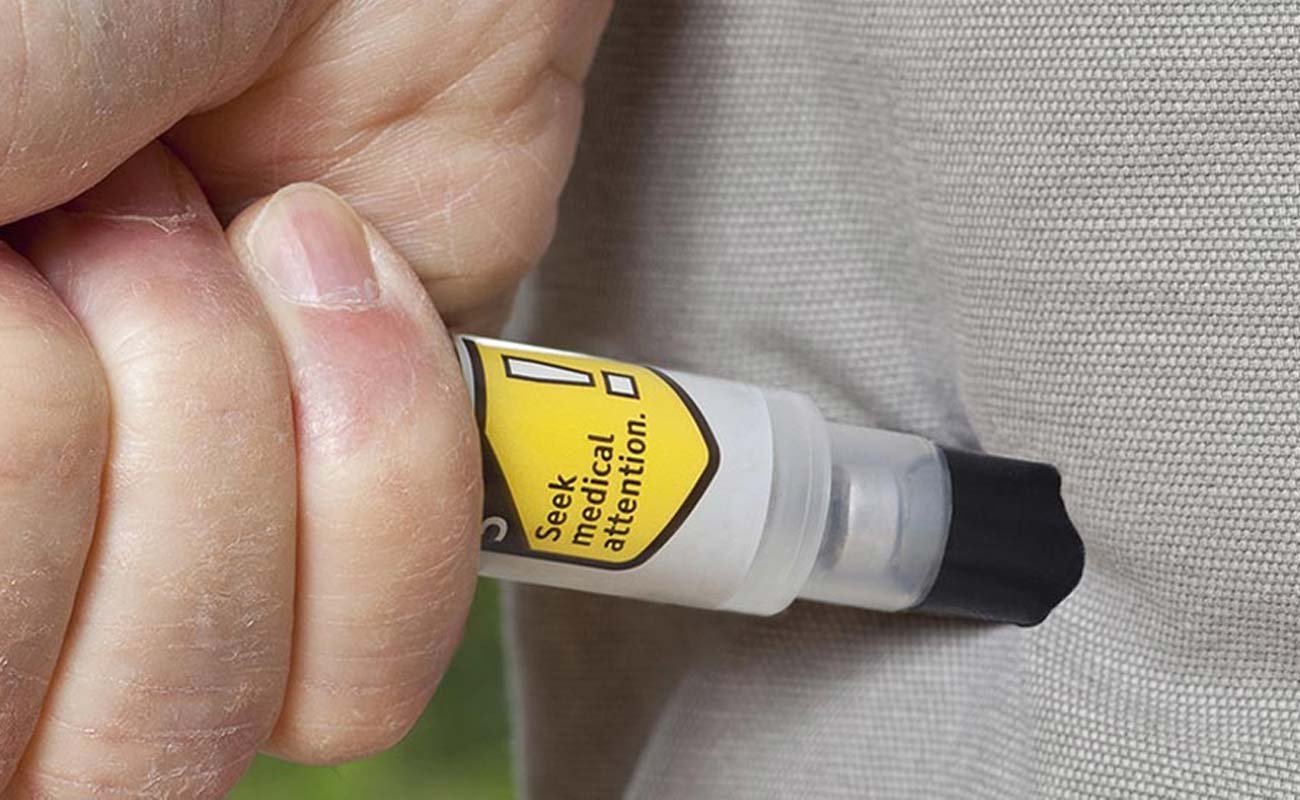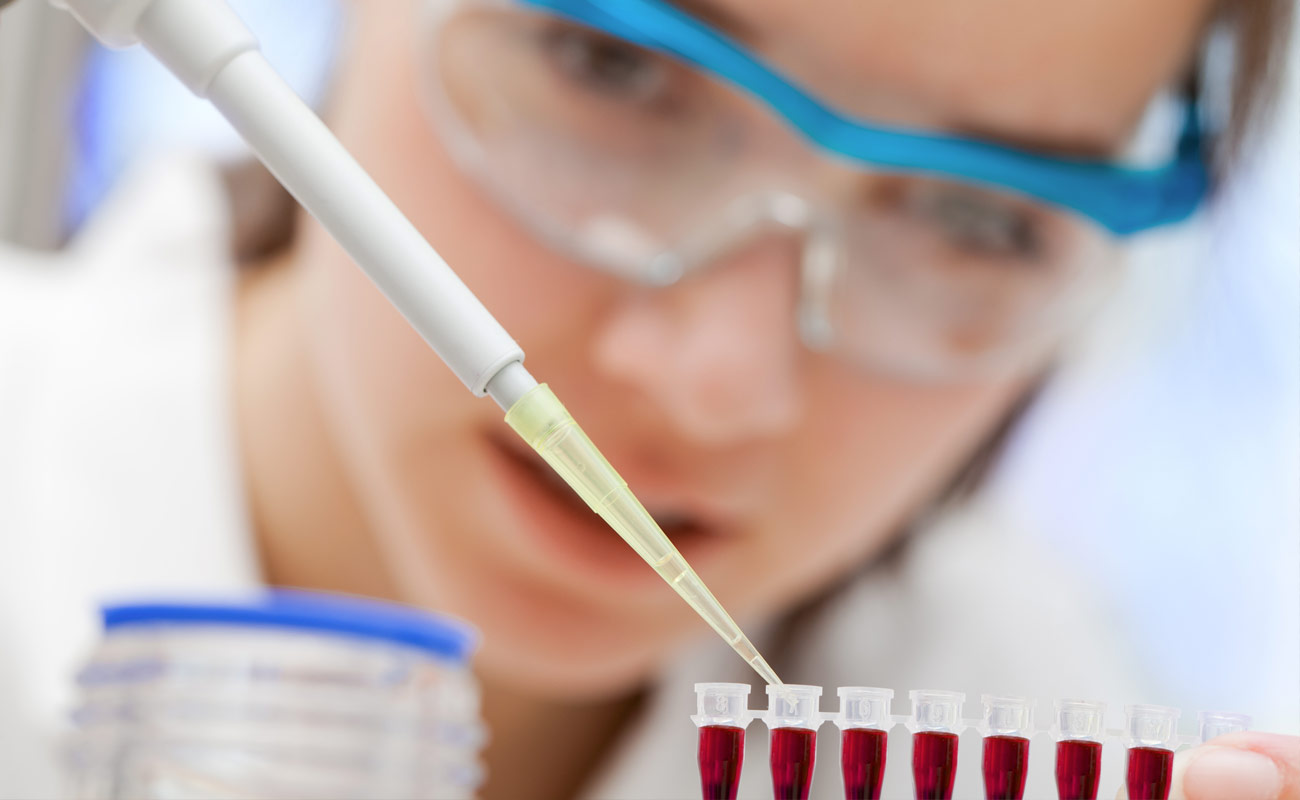
A severe life-threatening allergic reaction that may happen after a few seconds or minutes of exposure to something like peanuts or bee stings or anything else that you are allergic to.
Anaphylaxis may causes the immune system to secrete chemicals that could put the patient to go into shock. In this condition the blood pressure decreases rapidly and the airways get narrowed, therefore breathing gets hard. Some of the signs and symptoms include a fast, weak pulse, skin rash, nausea, and vomiting. The most common causes are some specific foods, some certain medications, insect, latex and venom.
When Anaphylaxis occurs an injection of epinephrine will be required for the patient then he should be taken to the emergency room. If epinephrine is not Available in the moment, the patient should immediately refer to an emergency room. If not treated immediately, anaphylaxis may be mortal.
A patient experience one or more of the following symptoms:
• General flushing of the skin
• Feeling approaching death
• Nettle rash, known as hives, on the body
• Inflammation of mouth and throat
• Changing heart beat rate
• Having problem in speaking or swallowing
• Chronic asthma
• Sensing pain in stomach, nausea and vomiting
• Unexpected feeling of faintness as a result of reducing blood pressure
• Breakdown and unconsciousness

Anaphylaxis occurs if your antibody that typically fights infection, overreacts to some harmless things like food. The condition may not occur the very first time you contact the food or cause. However, it may develop over the course of time.
The most common cause among children and adults are food and medicine respectively.
Some of the food triggers for children are:
• Shellfish
• Fish
• Peanuts
• Eggs
• Milk
• Wheat
• Soy
Some of the food triggers for adults are:
• Shellfish
• Peanuts
• Tree nuts including walnuts, hazel nuts, pistachios, cashews, almonds, and pine nuts
Some individuals are so allergic to certain foods that even the smell of them can cause a reaction. Also, some people have allergic reaction towards some preservatives found in food.
Some of the common medicines that could cause anaphylaxis are:
• Penicillin which usually happens following a shot instead of a pill
• Muscle relaxants such as those employed for treating anesthesia
• Ibuprofen, aspirin, and some other non-steroidal anti-inflammatory drugs
• Medications used for coping with seizure
The condition could also be caused by a few other triggers. However these triggers are not that common:
• Pollen, including grass, ragweed, and tree pollen
• Stings and bites from insects like bees, hornets, wasps, yellow jackets, and fire ants
• Latex, an artificial substance found in hospital gloves, balloons, and rubber bands

Doctors make the diagnosis based on the symptoms that happen after some minutes to a few hours of the individual’s exposure to a trigger.
Determining if the condition is anaphylaxis or another problem is the most difficult part of the diagnosing procedure. Some other conditions can also cause some symptoms that are like the symptoms of anaphylaxis. The conditions that may have similar symptoms are a severe asthma attack, panic attack, heart attack, or even food poisoning. Continuation of evaluation, after the acute anaphylactic, performed by an allergy specialist could be helpful in clarifying the diagnosis.
Tryptase a natural chemical secretes into the blood cycle at the time when an anaphylactic reaction occurs. Sometimes a risen quantity of tryptase could be measured in a blood sample gathered during the very first three hours after anaphylaxis symptoms is started to appear, for example, when a medicine has been taken or the time after an insect sting. Yet, tryptase levels are rarely increased in food-induced anaphylaxis. Normal tryptase levels don’t skip the diagnosis of anaphylaxis.

Avoiding allergens that are responsible for your allergic reactions and preparing yourself for an emergency incidence are the best ways to manage your Anaphylaxis
Most of those at risk of anaphylaxis, take with themselves epinephrine autoinjectors also called adrenaline. These syringes contain a prescribed one single dose of drug which is inserted into the thigh at the time of anaphylactic emergency.
You should talk to your doctor regarding the use of the epinephrine autoinjector. It is essential for you, your family members, your children and those in close contact with you to be acquainted with the way to use the epinephrine autoinjector.
Keep with yourself an Anaphylaxis Action Plan and keep at work, school or other places you might need others to recognize your condition and act according to it.
Keep in mind using an epinephrine autoinjector when you think you are about to have an anaphylactic reaction, and then call emergency number as soon as you can so that they transport you to the nearest emergency department in order for evaluation, monitoring and the other further treatments. It is crucial to understand that taking an antihistamine or waiting to see if symptoms get better are the worst things you can do.
For further information in this regard please contact Alale
Submit Comment